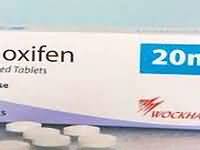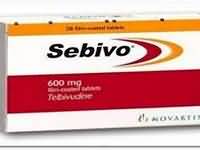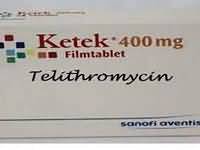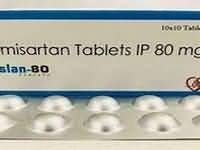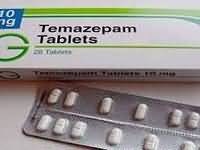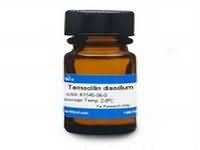naloxone hydrochloride
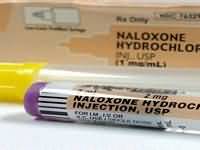
CLINICAL USE
Reversal of opioid induced respiratory depressionDOSE IN NORMAL RENAL FUNCTION
See ‘Other Information’PHARMACOKINETICS
DOSE IN RENAL IMPAIRMENT
GFR (mL/MIN)
DOSE IN PATIENTS UNDERGOING RENAL REPLACEMENT THERAPIES
IMPORTANT DRUG INTERACTIONS
Potentially hazardous interactions with other drugsADMINISTRATION
Reconstition
–Route
IV, IM, SC. IV more rapid responseRate of Administration
Rapid if bolus injectionComments
–OTHER INFORMATION
IV postoperative use: Give 1.5–3 micrograms/kg; if response inadequate, increments of 100 micrograms every 2 minutes. Further dose by IM injection if neededOR dilute 400 micrograms in 100 mL sodium chloride 0.9% or glucose 5% (4 micrograms/mL) and give by continuous infusion. Titrate dose according to responseOpioid overdosage: initial dose of 400– 2000 micrograms IV; may be repeated at 2–3 minute intervals if the desired degree of counteraction and improvement in respiratory function is not obtained. (If no response after 10 mg then question the diagnosis of opioid induced toxicity.) OR give as an infusion: 4 mg in 20 mL (200 mcg/mL solution)
See how to identify renal failure stages according to GFR calculation
See how to diagnose irreversible renal disease
Home
